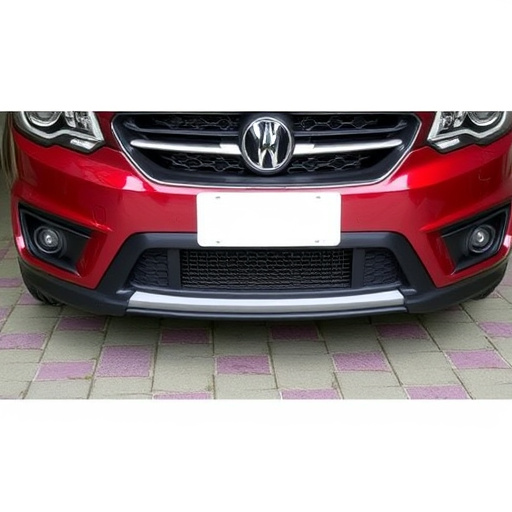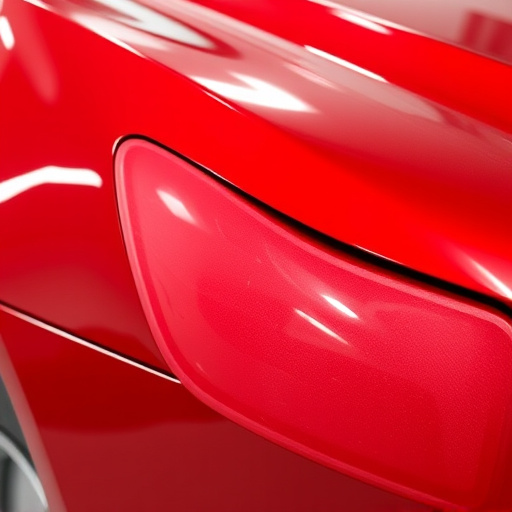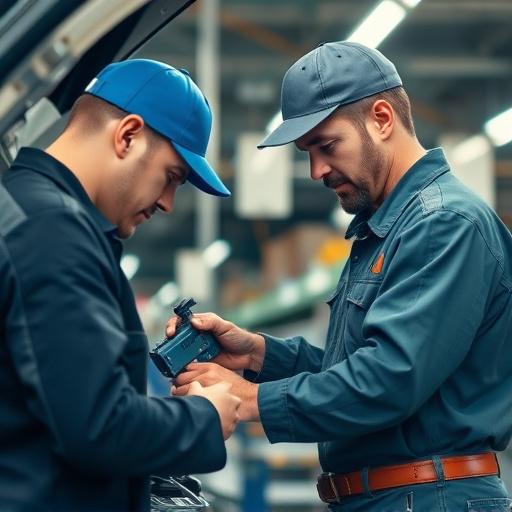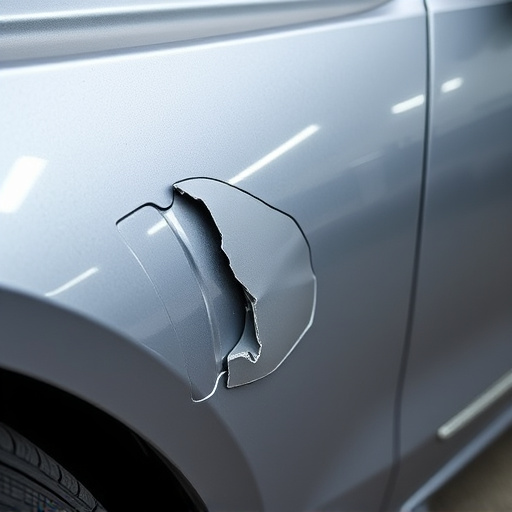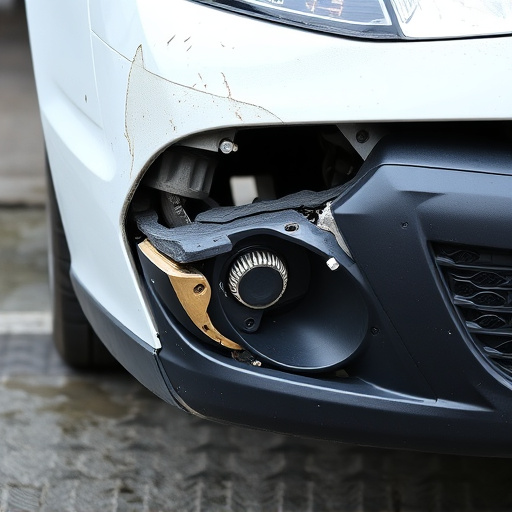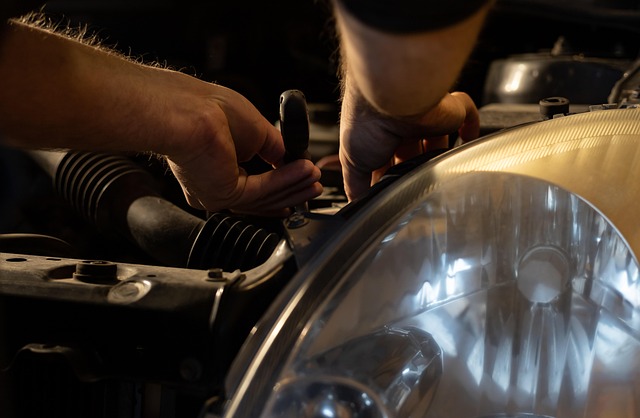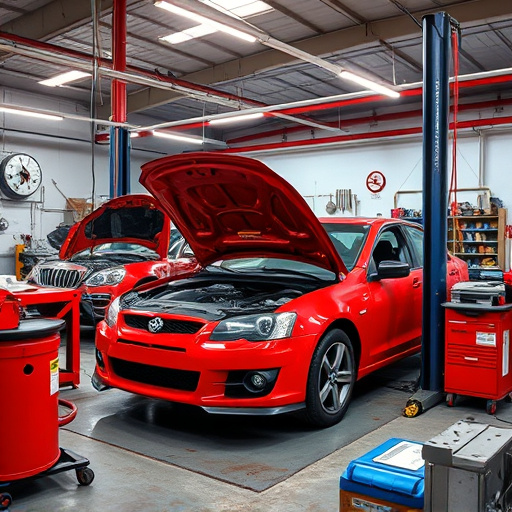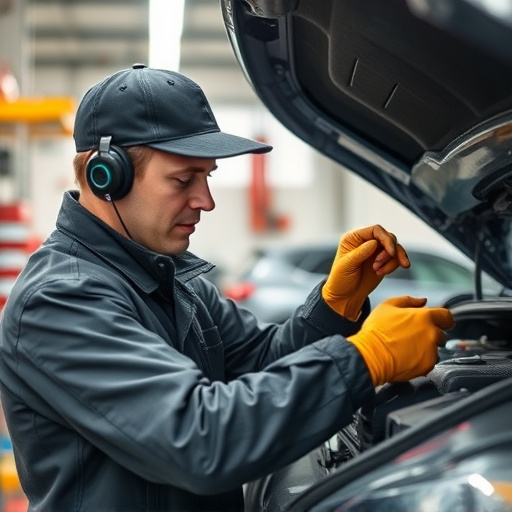The dent removal process varies based on damage severity, from manual "panning" for minor dents to advanced techniques like precision-cutting or computer-aided restoration. Modern methods using pneumatic tools and automated machines offer faster, precise repairs with reduced paint damage, smoother finishes, and increased complexity handling. Choosing safe, automotive-specific materials, tools, and putty ensures professional results while preserving vehicle aesthetics and value.
“Dents can mar your vehicle’s appearance, but understanding the materials used in the dent removal process is key to achieving a flawless repair. This article delves into the common types of dents, their causes, and the evolution from traditional to modern removal techniques. We explore the crucial role of safe and effective materials in ensuring your car looks as good as new. Learn how the right tools and substances can make all the difference in dent removal.”
- Common Types of Dents and Their Causes
- Traditional vs Modern Removal Techniques
- Choosing Safe and Effective Materials
Common Types of Dents and Their Causes
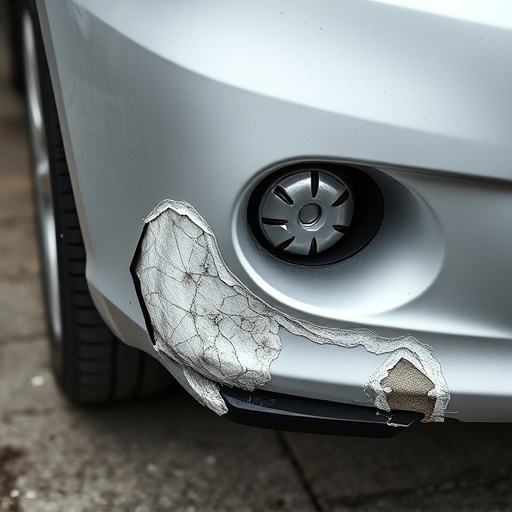
Dents can appear on vehicle bodies due to a variety of reasons, each requiring specific consideration during the dent removal process. Common types include fender dents, caused by impacts from debris like stones or metal splashes from other vehicles; door dings, often resulting from minor collisions with objects like shopping carts or parking barriers; and larger creases from more severe accidents. These defects can range from shallow indentations to deep, complex shapes, dictating the techniques used in autobody repairs.
The dent removal process varies depending on the type and severity of the damage. For smaller dents, such as door dings, a technique called “panning” is often employed by collision repair shops, where specialized tools gently pry the metal back to its original form. More significant dents, especially those with complex geometries, might require advanced methods like precision-cutting or computer-aided restoration. Effective vehicle restoration techniques ensure that not only are the visible dents removed but also any underlying structural damage is addressed, ensuring the safety and integrity of the vehicle during subsequent autobody repairs.
Traditional vs Modern Removal Techniques
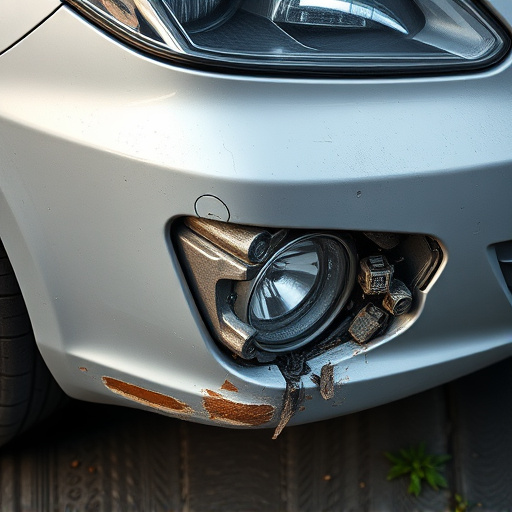
In the dent removal process, traditional methods have long been the staple, involving techniques like hammering and hand tools to smooth out car dents. This manual approach, while effective, often requires more time and labor, leading to higher costs for auto painting and repairs in vehicle body shops. Modern dent removal techniques, on the other hand, have revolutionized the industry. Utilizing specialized equipment such as pneumatic tools and automated machines, modern methods can fix dings and dents faster, with greater precision. These advancements not only benefit automotive body shops by streamlining their processes but also ensure better results for customers looking to restore their vehicles to their original condition.
The shift from traditional to modern dent removal techniques has been significant. In auto painting and body repair, modern tools can reduce the risk of paint damage and offer a smoother finish. Moreover, these innovations have made it possible to handle more complex dents, expanding the range of repairs that can be done efficiently in-house at automotive body shops. This not only enhances customer satisfaction but also contributes to the overall efficiency and cost-effectiveness of vehicle body shop operations.
Choosing Safe and Effective Materials
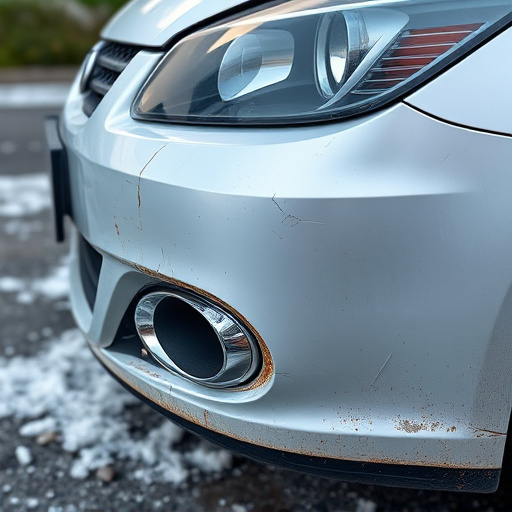
When it comes to dent removal, selecting the right materials is paramount to achieving a smooth, seamless finish that restores your vehicle’s appearance and value. Safety should always be the top priority, which means choosing products designed specifically for automotive use and free from harmful chemicals that could damage paint or leave unsightly residues.
Effective dent removal materials not only repair the physical dent but also minimize scarring and maintain the integrity of the auto body surface. In the realm of auto maintenance, specialized tools like putty knives, dent pullers, and foam pads work in harmony with high-quality putty and primer to achieve professional-level results, even for minor bumps and dings. Whether you’re tackling a minor fender bender or engaging in more intensive bumper repair, selecting the right materials ensures both longevity and aesthetic appeal of your vehicle’s finish, ultimately enhancing its overall value through meticulous auto painting processes.
The dent removal process involves a careful balance between effectiveness and safety, especially with the variety of materials used. Understanding common types of dents, the evolution of removal techniques from traditional to modern methods, and the crucial role of choosing safe and effective materials is key to achieving optimal results without compromising vehicle integrity. By staying informed about these aspects, professionals can enhance their dent repair skills, ensuring a seamless and durable fix for various dent scenarios.

